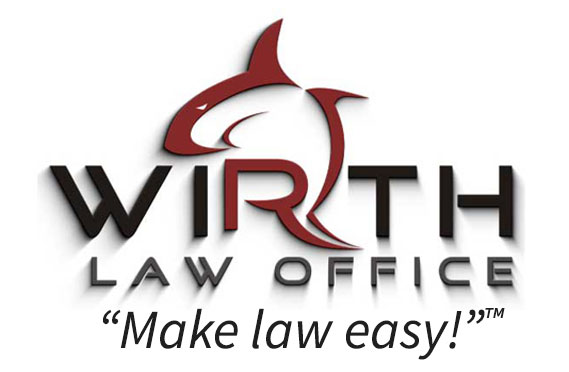 Understanding Oklahoma’s Parties to a Crime
Understanding Oklahoma’s Parties to a Crime
Hi, this is Wagoner attorney Stuart Ericson. Today we’re going to talk about parties to a crime. Oklahoma law spells it out in Title 21, Section 171. They call it a classification of parties to crimes and there are two. There are principles and there are accessories.
Principles in a Crime
Here’s how the law defines principles. So, and it can be confusing to people, but all persons concerned in the commission of a crime, whether it be a felony or a misdemeanor, and whether they directly commit the act or aid and abet in its commission, though not present, are principles. So, principles are going to be anybody who commits the crime or anybody who actively aids and abets them and helps them.
So, the classic example is going to be a planned bank robbery and the plan is three people are going to go in with guns, one person’s going to be a lookout at the door, and one person’s going to be in the driver’s seat ready to drive them off. So, in that scenario, everybody’s a principle. The driver drove them there and is going to aid and abet in getting them there and getting them away. The lookout, although he’s not in there demanding a bank teller to turn over the money with a gun, he’s there to look out to make sure the crime tries to go smoothly. And of course, it’s obvious the ones going in with the guns, demanding the money, and getting the money would be the criminals.
Accessories in a Crime
Now, an accessory is somebody who helps after the fact. They weren’t aiding and abetting the actual crime. They didn’t participate in the actual crime, but they do something after the fact. Like they help to conceal or aid after the fact. So, it wouldn’t even be like the getaway driver, that’s actively in the crime. Somebody who helps conceal or hide the money after the fact would be an accessory. So, and of course, to be an accessory, you have to know that they committed the crime.
An accessory is mainly concealing or aiding a person to hide their crime, get away with the crime, escape arrest, that sort of thing. And it’s got definitions in the law. So, to aid is to render overt personal assistance. To conceal, to hide, or prevent discovery. Knowledge, of course, is personal awareness of the facts. So, all of these distinguishing labels are important. Principles, accessories, aiding and abetting, they all have different consequences and different levels of liability and sentencing ranges and all that sort of thing. As with all cases, they’re very fact specific.
So, you have to reach out to an attorney and we can discuss all of that. So, if you have any other questions, reach out to me, Oklahoma criminal defense lawyer Stuart Ericson at WagonerLawyer.com.







